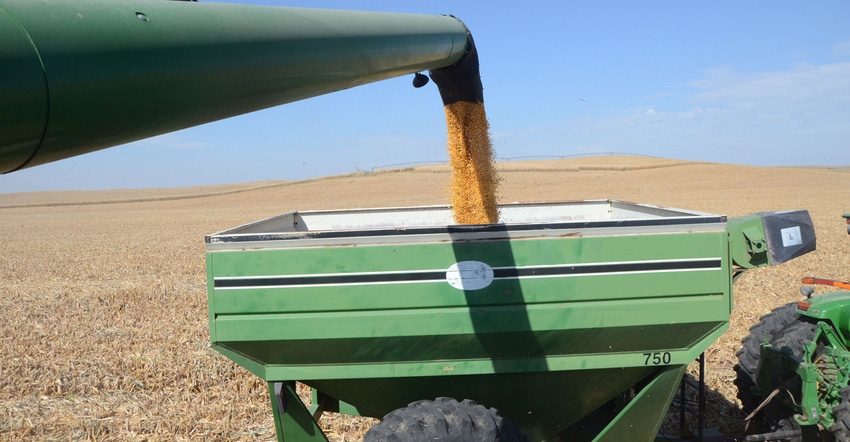January 30, 2018

You can put a group of farmers together in a room and talk agronomy all day. That's what Matt Stockton, University of Nebraska-Lincoln associate professor of ag economics calls the technical side of agriculture.
However, you might be hard-pressed to find a grower who enjoys talking shop on the business and marketing side of farming. "How many of you like the business side of farming?" Stockton asked a crowd at the recent Sorghum Symposium in Curtis. "I don't see many people jumping up and down."
It might not be fun, and it might not always be glamorous, but Stockton noted managing risk on the business side is just as important as managing agronomic inputs.
The question is, why don't we talk about it?
"Risk is not about a single thing you do, because next year it may not be that simple," he said. "It's a frame of mind. What do I do with what I've got?"
You've read plenty about the Testing Ag Performance Solutions (TAPS) program and the 2017 Nebraska Farm Management Competition in recent articles.
Results of the competition illustrate the wide range in decisions made by participants, and one of the largest drivers in profitability was how different participants marketed their corn.
Stockton discussed the marketing strategy used by his team (made up of Nebraska Extension educators and specialists) in the TAPS competition.
When corn prices reached $4 per bushel on the futures market, “I said, ‘$4 in the futures market is the highest I've seen. I don't think it will get higher. Once it gets there again, I'm going to sell whatever percentage I have insured — 80% of APH [actual production history],'" he said. "That was all I did. Then when harvest rolled around, I sold the rest at harvest."
The challenge, as Stockton put it, is a mental one. It’s a shift in mind-set.
A wise Nebraska farmer once described his marketing strategy as follows: Just sell at a profit. It might sound easier said than done, but as this farmer pointed out, it starts with good record keeping. That's where input costs and managerial accounting play a role in the marketing game. By keeping track of costs, and knowing how many bushels you need to sell, or stored inventory you already have available to sell, you gain a better understanding of what price you need to sell at to make a profit.
Stockton noted while it's easy to get caught up in perceived missed opportunities if prices increase, what's important is realizing a profit. "Is it easy to lock in a price when you know you make money, but it may not be the highest price? Yes," Stockton said. "I'm not saying it's that easy every year. I'm saying if it hits that mark, take advantage, because it may not come back. You cannot predict the market."
You May Also Like




